Now I see why this route along the south east coast is called The Garden Route. As we drove along yesterday morning, there were loads of proteas, plumbago and other flowers blooming at the edge of the road. It was raining and we were on the main freeway, so we couldn’t stop to take photos.
The night before last, we ‘pitched’ the tent on a timber platform suspended over forest at Diepwalle National Park in Knysna Forest. To get there, we had to drive through a township, then 15kms on an unsealed road. All but the last couple of kms were pretty good, mainly because the grader had JUST been through. We met it along the track, and then the last couple of kms that hadn’t been done were dreadful. If the whole track had been like that, we probably would have given up.
Greg had read about the Forest Timber Camping Decks in the Knysna Forest on the National Parks website, but there wasn’t a lot of info about them, and no review on Trip Advisor, so it was all a bit mysterious until we actually got there. There are 10 decks, including one with disabled access and 4 with permanent tents set up. Apart from us, only one other deck was occupied. Great for us as we don’t have a strong herding instinct, but a shame that such beautifully constructed decks with excellent facilities aren’t being utilised.
The decks were constructed in 2007, and each deck has space for a reasonable sized tent (ours is a 4-person with large vestibules front and back), plus room for chairs, table and gear. There is a high bench with shelving underneath and a couple of rustic bar stools, a braai, power and lights. As we couldn’t use tent pegs to anchor the tent, Greg got very inventive with tying guy ropes to the slats of the floor and to the railing around the deck. We lit the braai and cooked braaiwors, a long sausage curled into a circle, potatoes and zucchini. My timing was a bit off with the potatoes- I should have par-boiled them first – but we left them in the coals after we’d had dinner, then fried them for breakfast.
It still really surprises us how well-equipped most campsites in South Africa are. Just about every site is powered, with a water tap either at the site or close by. Bathrooms all have hot & cold water, showers and often a bathtub, plus facilities for washing dishes and clothes. Larger parks also have a camp kitchen, with sinks, hotplates and a boiling water dispenser. Compared with campgrounds we’ve stayed at at home, these are excellent. And cheap. The Camping Deck cost us less than $20 for the night.
We kept on driving east, stopping in at Port Elizabeth for some supplies and lunch. PE, or ‘The Bay’, is one of the largest cities in South Africa, with a population of just under 250,000, over 50% of them white. It’s a very large shipping port. East London, which is about 250kms further east, is the largest city in Eastern Cape. From those names, you can guess that the British were the ones who settled this area … in the early 1800s.
About 40kms east of PE is a little seaside village that we just HAD to visit … Colchester. Not much like its British namesake, just a service station and some houses tucked in behind a wall of high sand dunes. Greg’s dad is from the original Colchester in Essex, and Greg and his family lived there for a few years in the early 1960s. There is also a town called Adelaide in Eastern Cape, a couple of hundred kms north of where we are now. We’ll head there after we leave the Addo Elephant National Park tomorrow to see what’s there.
So we’re back in wildlife-spotting mode. Drove into Addo yesterday afternoon, through the southern gate near Colchester. We booked 2 nights at the Main Camp, which is at the northern edge of the park, a 50km drive. We took a few side-roads and saw lots of wildlife, so I’ll resurrect the Wildlife Tally again
Wildlife tally for Thursday 19 Feb
antelopey thingies – common duiker, kudu, red hartebeest. Different species to the ones we saw all the time in Kruger, which were mostly springbok and impala
zebras
elephant
ostrich
warthogs, so many warthogs!
leopard tortoise
New to the list – flightless dung beetles & black -headed herons
This park is so different to Kruger …. of course! Much milder climate, quite mountainous and it’s mostly coastal scrub with just a few tall trees. There is a waterhole near the main camp’s office/restaurant/shop complex with a viewing platform, and a large ‘grandmother group’ of elephants visited this morning.
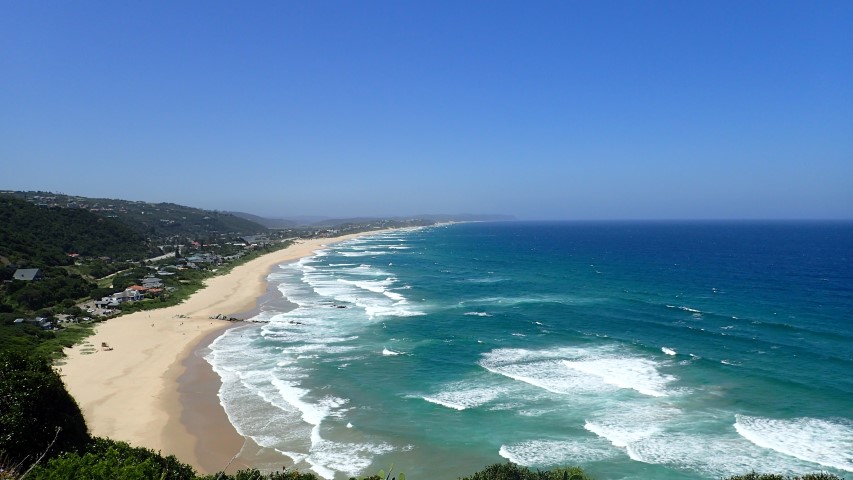
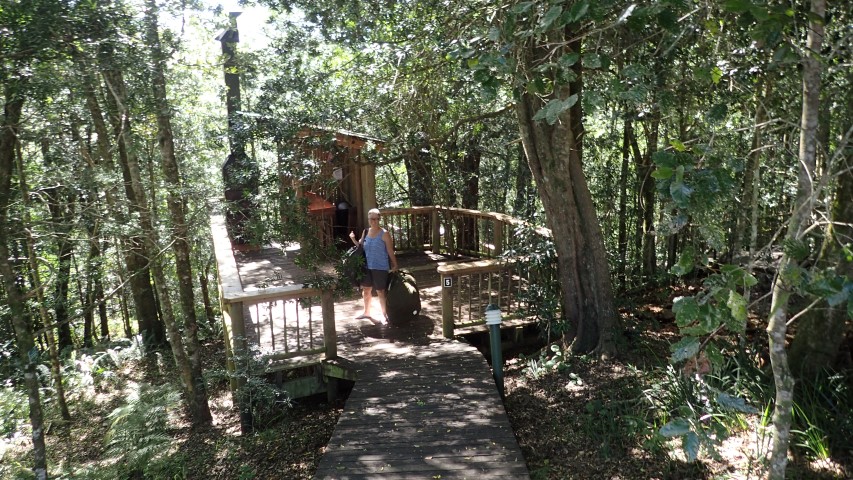
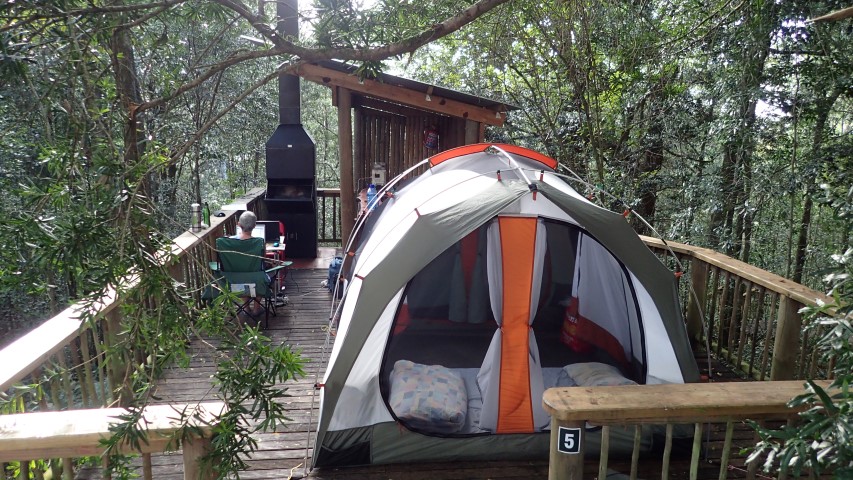
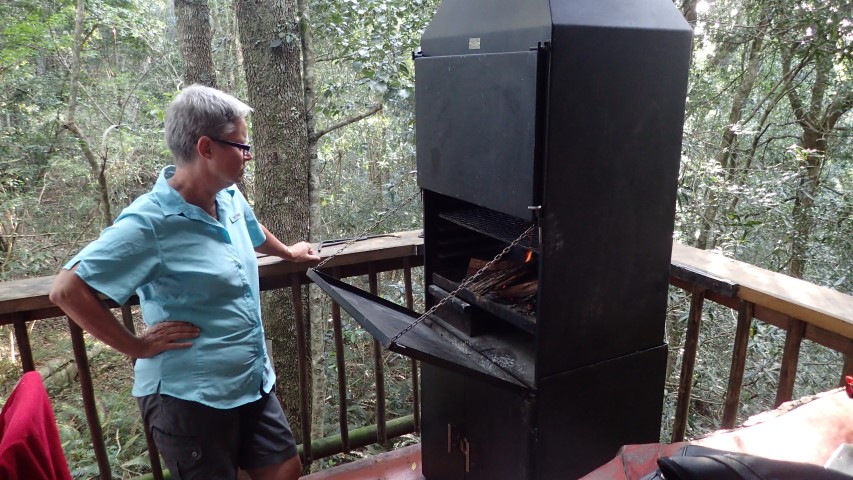
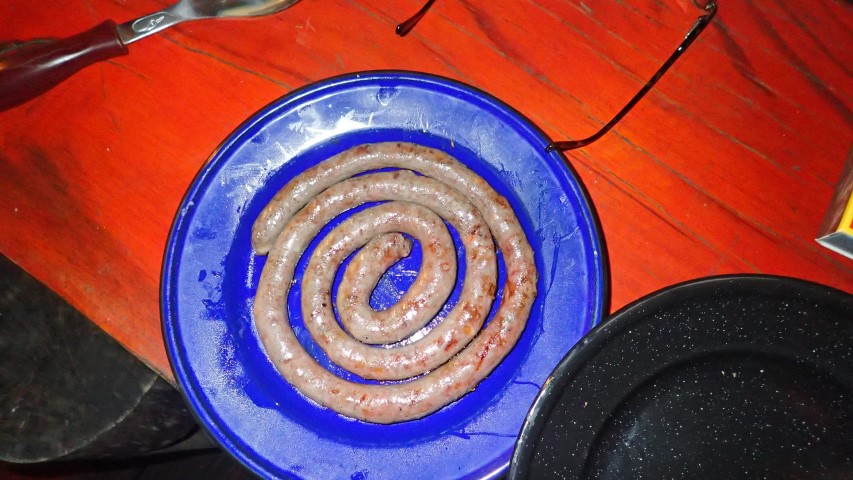
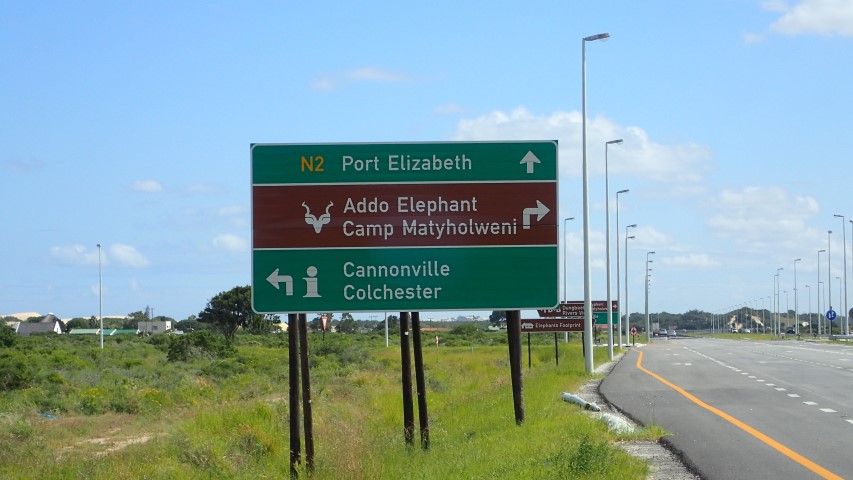
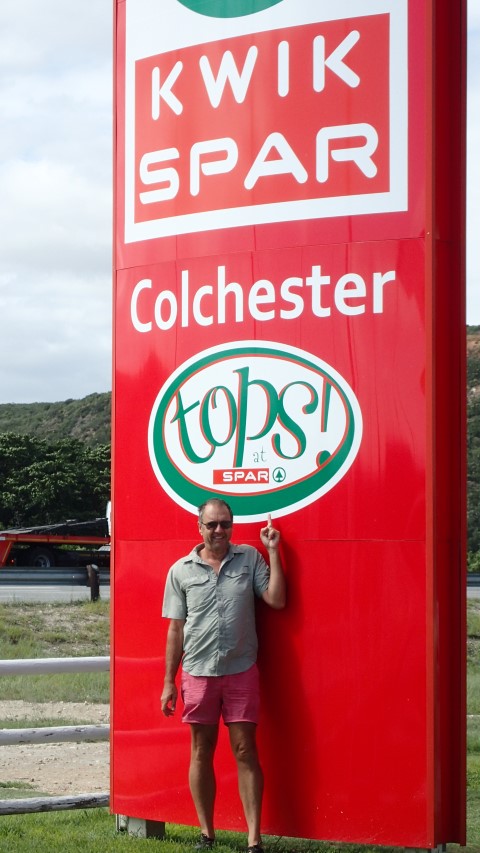
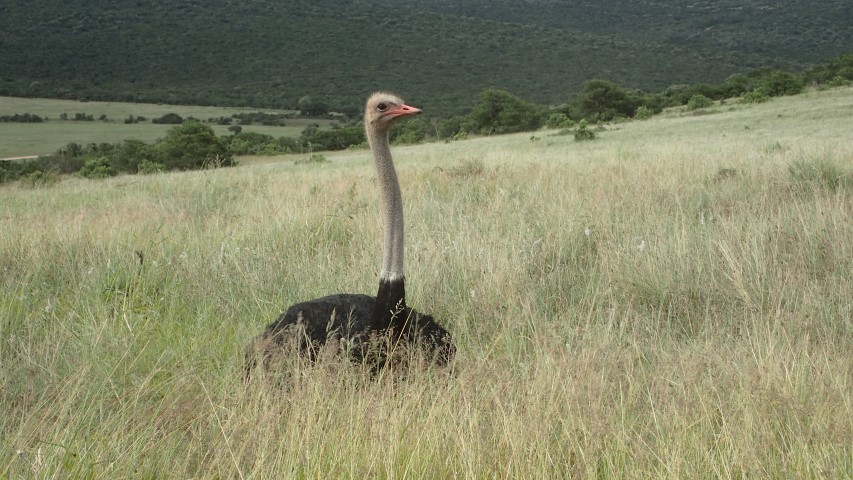

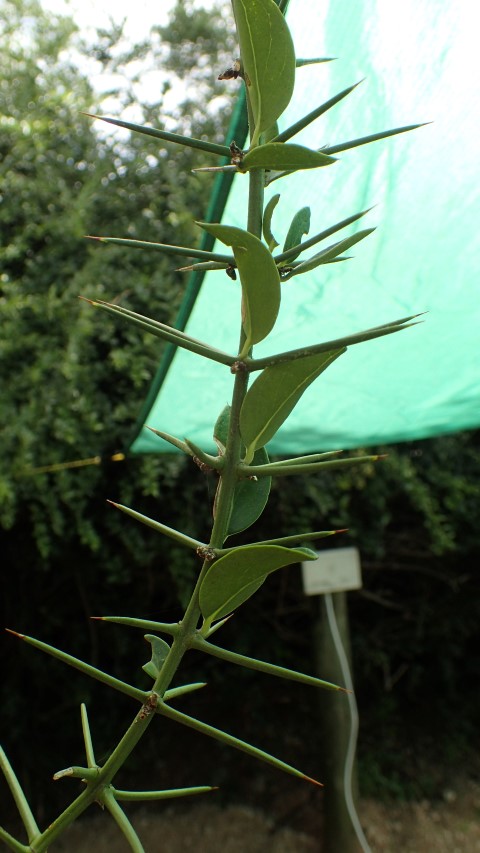
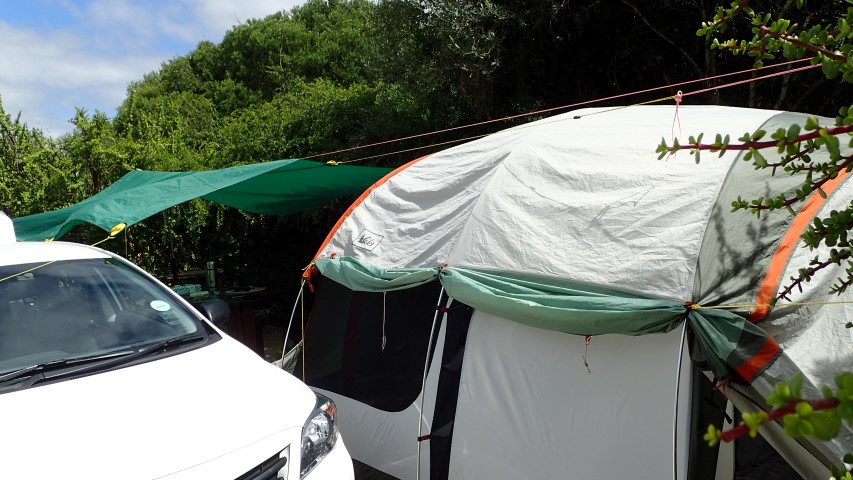
Their ya go COLCHESTER the oldest recorded town in English history where Greg is standing may have been the place to service the Roman chariots but once the Romans pulled out it went to the dogs I have an uncle who lived in South Africa but he went there in the 50s you never know some of my kin may have named the place ya can only hope,
Here we go again those tree top hides are quite some thing nice to spend a few days just sitting there like the term Herding Instinct dont like herds never have never will even on C ships we would be far away from the H thats us to.
Didn’t know there was a Colchester in SA. We remember visiting you Greg , when you were there in the 60’s.We will hopefully be visiting the original Essex Colchester this coming week. Pleased you at last seen a meercat . Have a great weekend xx
Margaret, we’ve driven through, or past signs for, so many recognisable place names that we have at home …. and those Aussie ones were probably originally from the Old Country. So not surprising that the settlers brought their place names here too. One of Adelaide’s main city streets is King William St, and just after we drove through Adelaide yesterday, we drove through King William Town.
Yes, just one meercat, but we were happy to see him. xxx
Know what you mean about place names. Rather like when we were in New England , America ,where lots of the places were names of Essex towns and villages . The pioneers must have been homesick . x
It’s interesting to work out where the original settlers came from, based on the names they gave to place in their adopted country. Lots of Cornish names around Adelaide, and we’re currently staying in Trafalgar – I think this whole stretch of the coast was settled by the British, going by the place names xxx